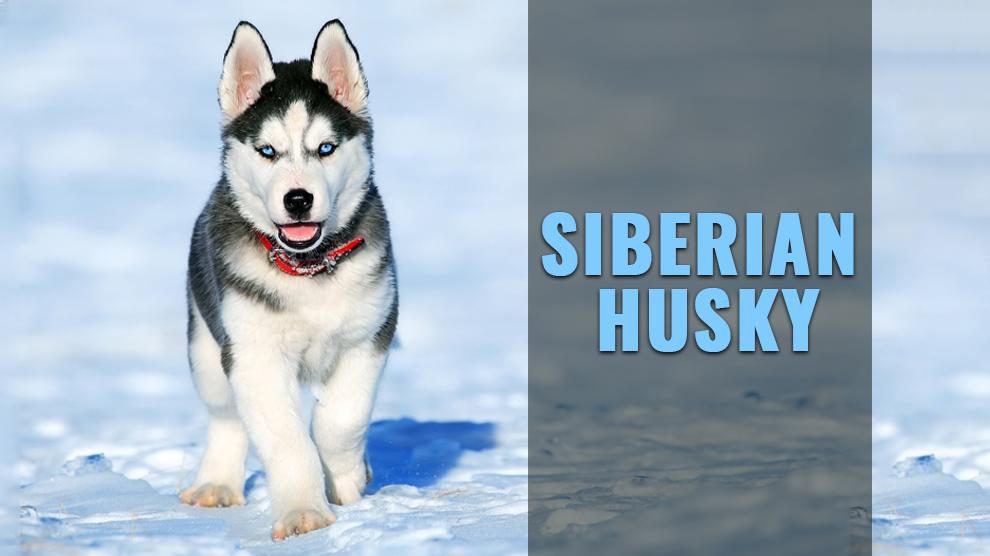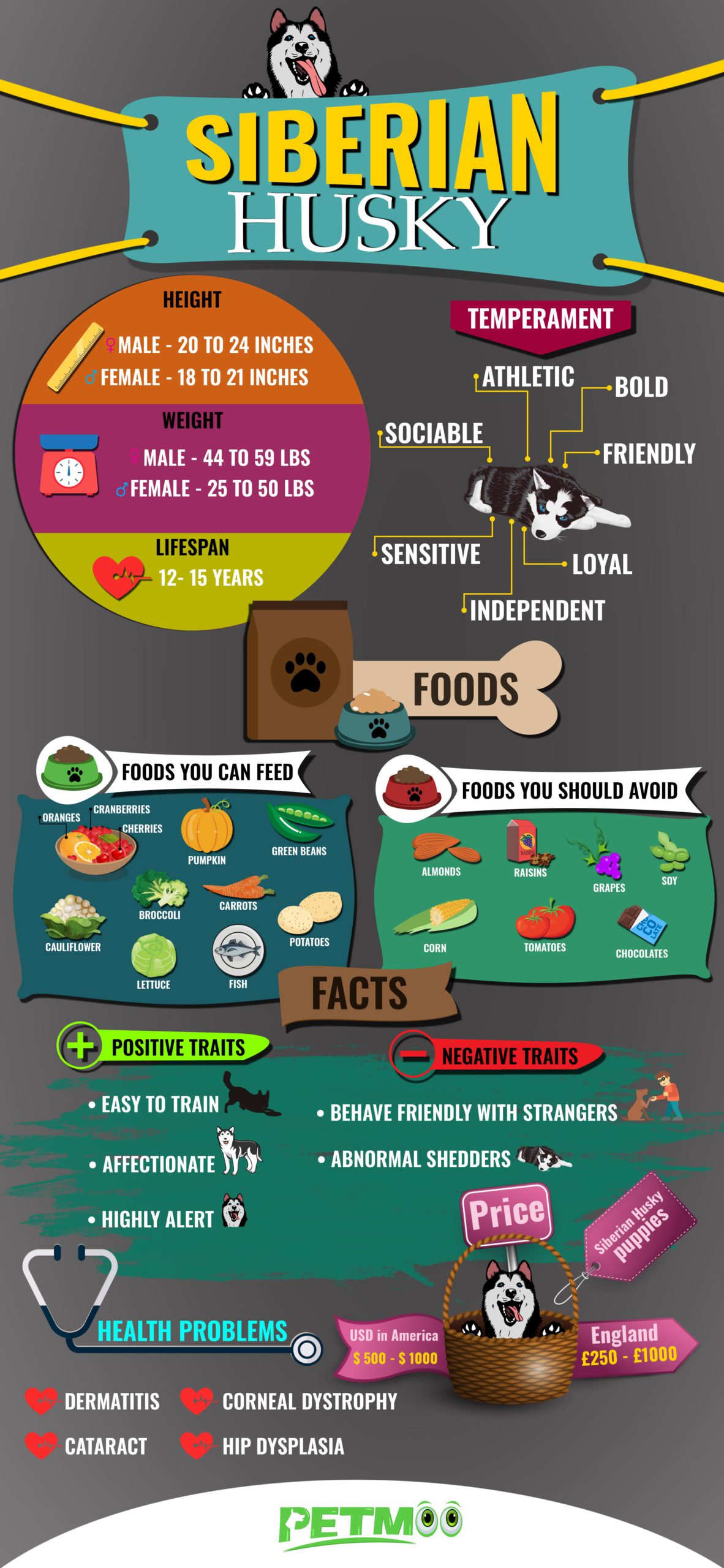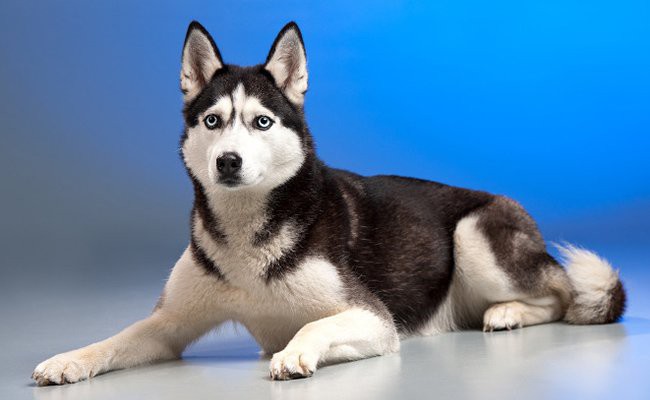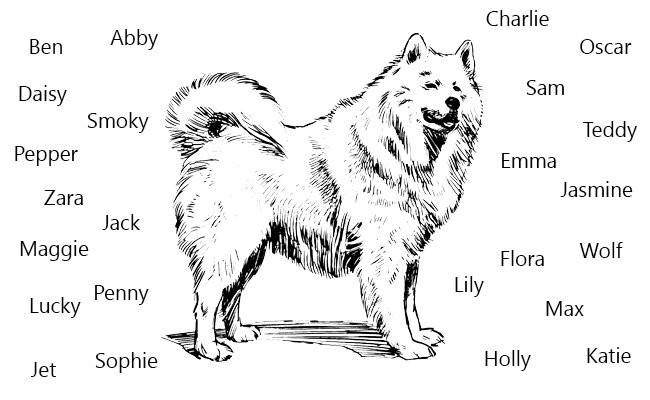Dog Pregnancy Calculator And Timeline
It’s a no-brainer to understand that dogs treat humans much better than we treat our furry friends. Well, for those who don’t believe this, slide your glance towards a Siberian Husky Puppy?
Originally from northeastern Siberia, these pack dogs were initially bred by the Chukchi Eskimos, a tribal group in northeast Asia, as sled dogs and working dogs.
After arriving in Alaska, America, in 1908, the Siberian Huskies gained prominence and recognition as they can travel long distances at a gentle pace. Now, they are viewed as show dogs and loved as pets.
Siberian Husky Breed Characteristics Sheet
- Origin: Russia (Siberia)
- Size: Medium-Large
- Dog Breed Group: Working Group
- Purebred: Yes
- Lifespan: 12-14 Years
- Height: Male- 21-23.5 Inches, Female- 20-22 Inches
- Weight: Male- 45-60 Lbs, Female-35-50 Lbs
- Coat Appearance: Soft, Thick, Double
- Coat Colors: Brown, Red, White, Black
- Temperament: Mischevious, Trustworthy, Loyal, Smart
- Good With Children: Yes, Better Under Supervision
- Intelligence Level: High
- Good With Pets: Yes
- Hypoallergenic: No
- Grooming: Moderate-High
- Shedding: High
- Barking: Low (Occasional)
- Suitable For Apartments: Low
- Need For Exercise: High
- Easy To Train: No, Hire A Professional Trainer If Possible
- Good For First Time Owners: Low, An Experienced Dog Owner Can Handle This Dog With Ease
- Health Issues: Eye Problems, Hip Dysplasia
- Litter Size: 4-8 Puppies
- Average Price: $ 600-$ 1300 Usd
Siberian Husky Facts
History
These dogs were used during World War II by the United States Army’s Arctic Search and Rescue Unit of the Air Transport Command. These dogs served for World War II as working war dog soldiers.
While the world war was on, these dogs were made to go in the snow to rescue the trapped hikers. They were also used as sled dogs and also used to carry water and K-rations along with them.
Siberian husky puppies replaced the St. Bernard’s dog breed, which used to carry whiskey barrels.
Characteristics
Positive Traits:
- These dogs are very intelligent by nature
- Siberian puppies are highly playful
- These dogs behave very friendly to all people.
- The mesmerizing blue eyes with the grey and white coat draw for a center of fascination
- These dogs are Highly athletic
- Siberian Huskies love to socialize
- Siberian Huskies are not gluttons. They eat optimal quantities of food.
- Siberian Huskies can get along in a friendly manner with other dogs (same breed or other breeds)
- Easily adaptable and trainable
Negative Traits:
- They are not good guard dogs for your house since it looks at every person, even a stranger, in the same manner.
- They can behave friendly, even with unknown people.
- Siberian huskies are highly independent and hence it becomes very challenging to keep them under control.
- The owner/trainer of this breed dog does not believe the dog easily since it does not abide by their command and are escape artists.
- It is challenging to give exercise and training for this dog because it is lively, extremely active, and aggressive.
- Although the Siberian husky sheds its hair only twice a year, the primary shedding season is spring. The quantum of shedding is enormous, and this thickly coated dog can startle the owner at times.
- Siberian Huskies are highly sensitive to certain drugs, like anesthetics and tranquilizers. It is necessary to have an experienced vet to handle this dog.
- These dogs tend to kill small animals like squirrels, birds, rabbits, and other house pets.
Siberian Husky Appearance
Siberian Husky Colors:
A medium-sized dog with a strong build, this breed has a thicker double coat than many other dogs.
It has coatings colored in grey, black and white, pure white, silver, red, copper, and agouti. This furred dog has a long topcoat of short and straight hairs and a thick undercoat
Siberian Husky Eyes:
Siberian Huskies have brown, amber, and blue eyes or could even be bi-eyed, split-eyed, or part-eyed. It sports a curly tail typically on its back.
Siberian Husky Mix Breeds
This majestic and cute dog can be mixed with other dog breeds like Pitbull, Corgi, Chow chow, Labrador, Pug, Dachshund, etc. The cute and famous husky mix dog breeds are the cute corgi husky mix and elegant husky lab mix.
Siberian Husky Lifespan And Size
Siberian Husky Lifespan
On average, these dogs live a life of 12 – 15 years. Usually, female husky dogs live longer than their male partners.
Rarely, the male counterparts may live longer than expected.
Proper diet and exercises will be vital factors in shaping this breed of dogs’ sound health. With a routine of activities, it is possible to achieve the average life span.
Siberian Husky Size
The average height and weight of male and female dogs:
| Height | Weight | |
| Male | 53-61 cm | 20-27 kg |
| Female | 46-51 cm | 16-23 kg |
Siberian Husky Temperament
- Friendly
- Intelligent and smart
- Lively
- Loyal
- Independent
- Affectionate
- Happy
- Alert
- Sensitive
- Bold
- Athletic
- Sociable
Names For Your Siberian Husky Puppy
| Male | Female |
|---|---|
| Ben | Abby |
| Charlie | Daisy |
| Jack | Emma |
| Jet | Flora |
| Lucky | Lily |
| Max | Jasmine |
| Oscar | Katie |
| Pepper | Maggie |
| Sam | Penny |
| Smoky | Holly |
| Teddy | Sophie |
| Wolf | Zara |
Recommended Read:
Interesting Facts
Siberian Husky was initially bred by the Chukchi people of Siberia and arrived in Alaska during the Nome Gold Rush.
They were used during World War II for search and rescue operations.
These dogs were initially bred to be used as workers to pull loads. Owing to their fur coat, these dogs can withstand Siberian weather conditions.
Hence they were used for running as well.
These dogs do not throw suspicious looks at strangers as many other dogs do, and hence they cannot be good guard dogs.
They are also called escape artists as they love to be independent and quickly escape from any place.
This dog breed can live in both cold and warm climates.
They do not bark but howl heavily which will be a nuisance at times.
They are very active and run after small animals and house pets.
According to American Kennel Club, Siberian Husky was the #13 popular dog breed in the USA during 2014.
The Siberian husky dogs are so loud that one can hear the brawls even if you are 10 miles away. It can run up to a speed of 50 mph.
Some celebrities who own a Siberian Husky
- Taylor Lautner – American film Actor and Model
- Rita Ora – British Singer and Actress
- Miley Cyrus – American Singer, Actress and Song Writer
Foods For Your Siberian Husky
It is very important to maintain a proper diet for these dogs. Also, scheduled activities keep the dogs busy and healthy. This dog breed usually consumes nutritious and healthy raw foods.
Proteins, carbohydrates, and fats are essential nutrients to be present in the food.
The dietary chart can vary depending upon the age of the dog.
Foods That Can Be Given
- Kibble
- Chicken
- Beef
- Lamb
- Fish
- Lettuce
- Green Beans
- Peas
- Potatoes
- Carrots
- Pumpkin
- Broccoli
- Cauliflower
- Fruits like apples, bananas, oranges, cherries, and cranberries
Foods That The Puppy Can Not Eat
- Mushrooms
- Garlic
- Onion
- Chives
- Tomatoes
- Avocados
- Chocolates
- Soy
- Corn
- Grapes and raisins
- Almonds
Siberian Husky Health Problems
Siberian Husky dogs mainly suffer from diseases like hip dysplasia, cataracts, corneal dystrophy, and dermatitis.
1. Hip Dysplasia
Symptoms
- Lowered activity and difficulty in free movement
- Avoidance of activities like running, jumping, and climbing staircase
- Loosening of joints
- Disabled in the hind portion
- Swaying gait
- Feeling inconvenience in the joint while moving
- Loss of weight in the thigh muscle
- Enlargement of the shoulder muscles
- Pain
Causes
- Hereditary or Genetic Reasons
- Poor Nutrition
- Injury
- Obesity
- Making the dog do either vigorous exercise or abysmally low exercise
Treatment
Based on the stage of hip dysplasia disease, the veterinarian doctor will recommend treatment. It could be non-surgical methods like therapy or medication, and only if required, surgery would be recommended for the dog.
The non-surgical methods that a veterinarian usually recommend for treatment include:
- Weight loss recommendation to lower the stress on the hips
- Limited exercise and that too on soft surfaces
- Physiotherapy
- Joint fluid modifiers
- Anti-inflammatory medications such as aspirin, corticosteroids, and non-steroidal anti-inflammatory drugs
In the case of the surgical requirement for the dog:
- Femoral Head Ostectomy
- Double or triple pelvic osteotomy
- Total hip replacement
2. Cataracts
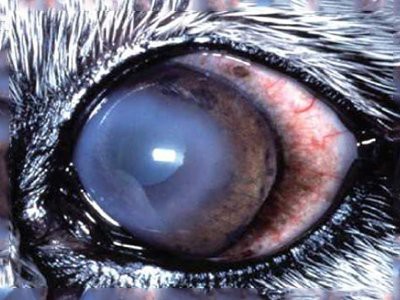
Symptoms
- White cloudy appearance in the eyes
- Abnormal eye color
- The unusual color of light reflection on the eye
- Loss of Vision – Notable from the dog’s bumping on to various things in the house like door frames, furniture, etc. The other associated conditions due to vision loss include:
- High uneasiness
- Experiencing difficulty in locating its bowl and toys
- Lazy unsteady walk
- Barking at lifeless objects
Causes
- Genetic
- Congenital (birth) factor
- Eye Injury
- Diabetes Mellitus
- Hypocalcaemia
- Exposure to Toxins
- Exposure to Radiation
Treatment
Typically, surgery is the main option advised by veterinarians for the treatment of cataract disease. Cataract disease is a gradual process in the ocular cavity where the vision is blocked. For most of the healthy dogs, surgery is immediately advised.
Dogs that are diabetic, old aged, and chronically will be closely monitored by the vet, and based on his complete examination, and surgery requirements will be advocated.
The steps involved in cataract surgery:
- Removal of the lens
- Capsule removal
- Phacoemulsification – The surgery that is done by using ultrasonic waves to emulsify the eye lens.
Post-surgery, the veterinarian surgeon will prescribe medication like oral antibiotics and pain relievers for a couple of more weeks for the dog.
3. Corneal Dystrophy
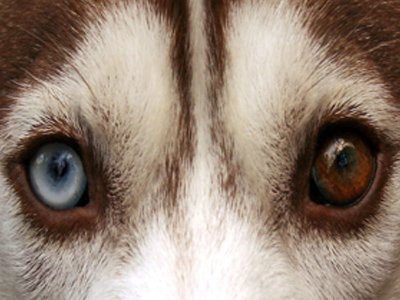
Symptoms
- White-colored or greyish colored cloudiness in the center of the eyes
- Irritated eyes causing rubbing sensation
Causes
Inherited (Maybe through sex or even other unidentified reasons)
Treatment
The vet may recommend either topical acid treatment or surgery based on the corneal dystrophy disease stage that the dog suffers from.
- Non-surgical treatment –Topical acid treatment is recommended at least two times a week to dissolve the mineral deposits in the eyes. These mineral deposits could cause eye ulcers.
- Surgical treatment –Dogs in the severe stage of corneal dystrophy will most probably be operated on to remove mineral deposits from its eyes. However, this surgery is highly complicated. It requires extensive examination. Because the surgery may even lead to blindness of the dogs under rare circumstances.
4. Dermatitis
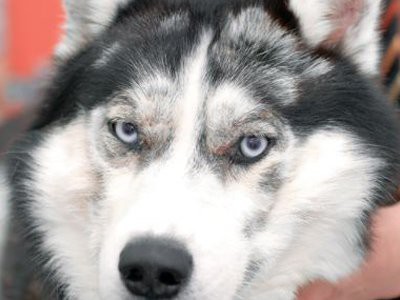
Symptoms
- Itchiness
- Inflammation
- Reddish skin
- Patches or spots
- Injury marks due to licking and scratching
- Ulcers
- Blisters
- Discharge of a semi-liquid substance from the affected area
- Alopecia and hair loss
- Scaly or thick skin
- Running nose
- Bacterial Infection
Causes
Usually, all dogs, including this breed, suffer from dermatitis due to contact with some allergens and irritants.
There might be some other causes which are not clear, but the allergens that these dogs are exposed, include:
- Plants
- Gardening chemicals (fertilizers and pesticides)
- Creams and Lotions
- Soaps and shampoo
- Insect Bites
- Food allergies
- Bacterial infections
- Parasitic infections
- Sunlight
- Detergents
- Fabrics and carpets
- Plastic and metal
- Sunlight
- Dandruff
Treatment
Usually, vets treat dermatitis conditions in dogs by advising the dog owners to give antihistamines and anti-inflammatory drugs. For allergic conditions in dogs, they recommend medications like Benadryl or equivalents drugs.
Likewise, to decrease the level of inflammation in dogs, Prednisone is mostly prescribed. You will be advised by the vet to keep the dog at bay from allergic substances. If the dog gets a secondary infection, antibiotics could be recommended.
Dog owners need to have a thorough discussion with the veterinarian about other possible home-based remedies to treat the dogs. Mostly, vets advise the dog owners to regularly wash their dog with the best dog shampoos with medicinal value.
Siberian Husky Price And Breeders
Siberian Husky Price
In the UK market, these puppies are available from a price range of £250 up to £1000. This price can vary based on the breed’s health age, nature of the breeder, etc.
However, it is possible to get a premium quality puppy at even higher prices i.e., more than £1000
In the USA, these puppies are available in a price range of $500 to $1000. The price fixation of a dog is based on its age, health, the state from which it is bought, and the quality of breeder.
Siberian Husky Breeders
Click to check all Siberian Husky breeders in your area.

